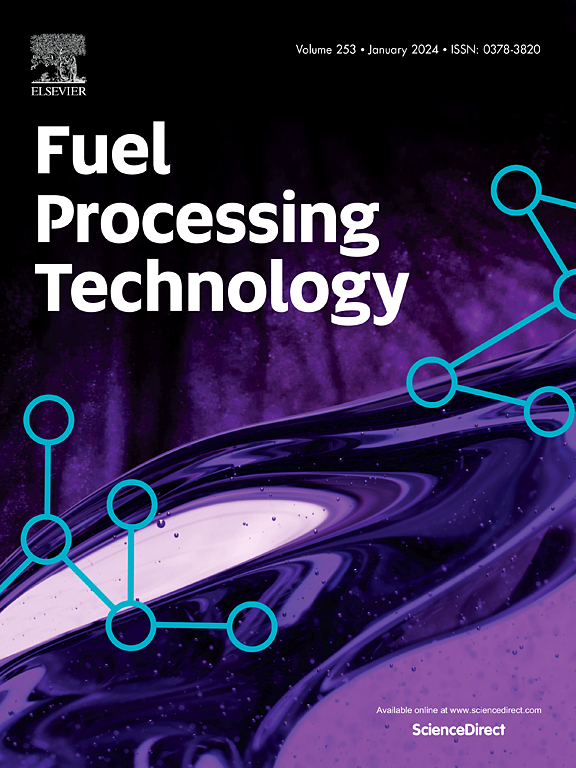Experimental studies on the influence of chlorides on the combustion and agglomeration characteristics of solid propellants
IF 7.2
2区 工程技术
Q1 CHEMISTRY, APPLIED
引用次数: 0
Abstract
The main approach to improving the performance of aluminum-containing propellants is to promote the rupture of the oxide film on the surface of aluminum. The high melting point of the oxide film is the primary obstacle to the oxidation reaction of the internal aluminum. This study proposes the concept of using chlorides to regulate the performance of propellants by leveraging the low melting point of aluminum chloride. Firstly, all four chlorides effectively promoted the oxidation of aluminum. Secondly, the combustion intensity of the powders, from highest to lowest, was: chlorinated polyvinyl chloride -modified aluminum powder, praseodymium chloride-modified aluminum powder, sodium chloride-modified aluminum powder, micron aluminum powder, and iron chloride-modified aluminum powder. Only chlorinated polyvinyl chloride significantly reduced the ignition delay time. Regarding the burning rate of propellants, iron chloride-modified propellants exhibited the best performance, while sodium chloride propellants showed a reduction in the burning rate. In terms of propellant agglomeration characteristics, sodium chloride aggravated agglomeration, whereas the other three inhibited agglomeration. Among them, iron chloride and praseodymium chloride reduced the average particle size of the condensed combustion products by 23.5 % and 43.0 %, respectively. The experimental results of this study provided a new approach for the performance optimization of solid propellants.
氯化物对固体推进剂燃烧和团聚特性影响的实验研究
提高含铝推进剂性能的主要途径是促进铝表面氧化膜的破裂。氧化膜的高熔点是内部铝氧化反应的主要障碍。本研究提出利用氯化铝的低熔点利用氯化物调节推进剂性能的概念。首先,四种氯化物均能有效促进铝的氧化。其次,粉末的燃烧强度由高到低依次为:氯化聚氯乙烯改性铝粉、氯化镨改性铝粉、氯化钠改性铝粉、微米铝粉、氯化铁改性铝粉。只有氯化聚氯乙烯显著降低了点火延迟时间。在推进剂的燃烧速率方面,氯化铁改性推进剂表现出最好的性能,氯化钠改性推进剂的燃烧速率有所降低。在推进剂的团聚特性上,氯化钠加重了团聚,其他3种对团聚有抑制作用。其中,氯化铁和氯化镨能使燃烧产物的平均粒径分别降低23.5%和43.0%。实验结果为固体推进剂的性能优化提供了新的途径。
本文章由计算机程序翻译,如有差异,请以英文原文为准。
求助全文
约1分钟内获得全文
求助全文
来源期刊

Fuel Processing Technology
工程技术-工程:化工
CiteScore
13.20
自引率
9.30%
发文量
398
审稿时长
26 days
期刊介绍:
Fuel Processing Technology (FPT) deals with the scientific and technological aspects of converting fossil and renewable resources to clean fuels, value-added chemicals, fuel-related advanced carbon materials and by-products. In addition to the traditional non-nuclear fossil fuels, biomass and wastes, papers on the integration of renewables such as solar and wind energy and energy storage into the fuel processing processes, as well as papers on the production and conversion of non-carbon-containing fuels such as hydrogen and ammonia, are also welcome. While chemical conversion is emphasized, papers on advanced physical conversion processes are also considered for publication in FPT. Papers on the fundamental aspects of fuel structure and properties will also be considered.
 求助内容:
求助内容: 应助结果提醒方式:
应助结果提醒方式:


